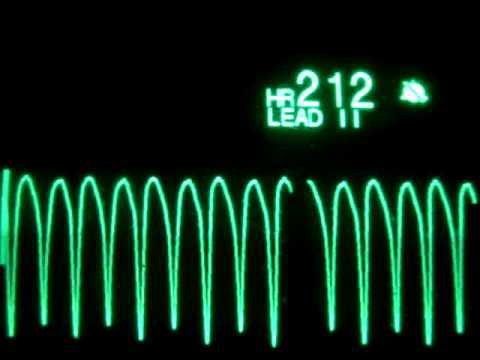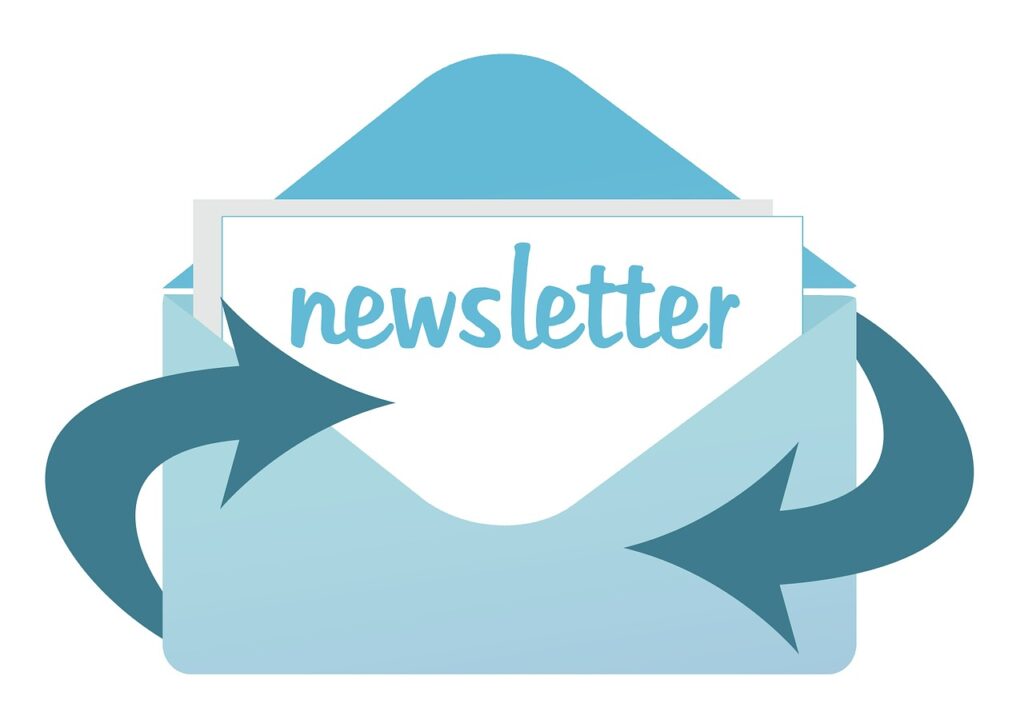Author: Levi Kitchen, MD (EM Attending Physician, Naval Hospital Guam) // Edited by: Jennifer Robertson, MD, MSEd and Alex Koyfman, MD (@EMHighAK, EM Attending Physician, UTSW / Parkland Memorial Hospital)
Basic Physiology of Toxicologic Mediated Tachycardia: Review
There are two general classes of drugs that can cause increased heart rate (HR), or tachycardia: sympathetic agonists or parasympathetic antagonists.
- Sympathomimetics (sympathetic agonists): activate the sympathetic nervous system (SNS) and increase myocardial sensitization
SNS activation
> Post-ganglionic neurons release norepinephrine (NE) which stimulates alpha and beta receptors, but alpha > beta
> Adrenal glands are stimulated by the SNS and release mostly epinephrine (epi) which stimulates beta > alpha receptors.
*Alpha1 receptors induce peripheral vasoconstriction
*Alpha2 receptors have multiple effects, including:
- Central nervous system (CNS) sedation and decreased sympathetic outflow via a negative feedback mechanism
- Initially, peripheral nervous system (PNS) stimulation at the presynaptic terminal and release of norepinephrine (NE). This causes transient increases in sympathetic tone (HR and blood pressure (BP)). However, there is a negative feedback loop which will cause a net decrease in sympathetic tone by blocking the release of NE from the pre-synaptic nerve terminal.
*Beta1 receptors are located mainly in the myocardium when stimulated, will increase chronotropy and inotropy
*Beta2 receptors are mainly peripherally located and activation causes vasodilation. Note vasodilation can lead to reflex tachycardia. Stimulation of beta 2 receptors also causes bronchodilation.
Increased myocardial sensitization
> Increased automaticity (speeds up ectopic pacemaker cell depolarization)
> Early after depolarizations (EAD) – potassium (K+) channel blockade prolongs the QT segment on the electrocardiogram (ECG). K+ channel blockade also causes non-uniform repolarization throughout the myocardium, which leads to an early impulse, causing calcium (Ca2+) channel opening prior to complete repolarization. This may cause an EAD, which is significant because EADs may lead to arrhythmias such as PVCs or a R on T phenomenon leading to ventricular fibrillation or tachycardia (VF or VT) or Torsade de Pointes.
- Parasympathetic Antagonist
> Postganglionic nerve terminals release acetylcholine (Ach)
> Blockade causes tachycardia due to increased sympathetic tone by 2 mechanisms, either by antagonizing Ach receptors or decreasing the release of Ach from the nerve terminal
Case 1: 26-year old (yo) previously healthy male is brought in by emergency medical services (EMS). His friends note they have been up all night “partying.” The patient is combative, agitated, confused, and diaphoretic. He also has mydriatic pupils that are reactive to light.
Vital Signs (VS): BP 240/130, Pulse (P) 145, Respiratory Rate (RR) 32, Temperature (Temp) 99.9, Oxygen Saturation (SpO2) 96% room air (RA)
What toxidrome is he exhibiting? What’s the most likely toxic agent in this population? What’s the treatment?
***For a review of toxidromes, please see: http://www.emdocs.net/the-approach-to-the-poisoned-patient
COCAINE
Mechanism of action
- alpha agonist
- blocks presynaptic reuptake of neurotransmitters (NE, dopamine (DA), Serotonin (5-HT))
- increases NE release
- blocks sodium channels, leading to cardiac conduction effects and also local analgesia
- increases endothelial production of endothelin and decreases release of nitric oxide (net effect of vasoconstriction)
Clinical Effects= Sympathomimetic Toxidrome
General: Hyperthermia, euphoria, agitation, seizures, intracranial hemorrhage, hyperactivity, mydriasis, rhinorrhea
Cardiovascular (CV): tachycardia, HTN, coronary vasoconstriction; increased risk of acute coronary syndrome (ACS); QRS widening and hypotension due to sodium channel blocking effect
Pulmonary: asthma exacerbation, diffuse alveolar hemorrhage, pneumonitis, bronchiolitis obliterans organizing pneumonia (BOOP), “crack lung”
Other: ischemic bowel, renal failure (rhabdomyolysis), placental abruption
- decreased mortality demonstrated only with benzodiazepine administration and cooling
- NO BETA BLOCKERS! Beta blocker use theoretically may lead to unopposed alpha receptor agonism causing significant hypertension and coronary vasoconstriction
- consider phentolamine (pure alpha blocker) for refractory hypertension and/or other cardiovascular effects
- provide standard treatment for ST-elevation myocardial infarction (STEMI) and non-STEMI (NSTEMI)
- if the patient is a body stuffer, give activated charcoal and observe for 6 hours
- if the patient is a body packer – provide whole bowel irrigation (WBI) and obtain computed tomography (CT) scanning; consult surgery emergently if a ruptured packet is suspected
Case 2: An 18 yo female brought in by EMS for a “seizure” that was witnessed by her parents at home. Per EMS, she remains confused and agitated. The patient’s parents note that she is otherwise healthy without a seizure disorder, has been having trouble at school due to a bully. Her parents found an open and empty bottle of TheoDur on the patient’s night stand which is her grandmother’s medication.
VS: BP 80/40, P 155, RR 26, Temp 99.0, SpO2 95% RA
The patient forcefully vomits then begins seizing again…
METHYLXANTHINES
- caffeine, theophylline, theobromine
- large volume of distribution, 100% bioavailable, metabolized by liver
- exposures to theophylline usually medicinal, caffeine exposures usually via OTC meds
- Structurally similar to adenosine
Therapeutic doses
- release of endogenous epi from adrenals (due to loss of normal adenosine mediated feedback inhibition)
- adenosine antagonism (adenosine causes smooth muscle constriction via histamine release)
- this is the desired effect for use in chronic obstructive pulmonary disease (COPD) treatment
Overdose
- inhibit phosphodiesterase leading to increased levels of cAMP and enhanced adrenergic effects
- CNS adenosine antagonism (loss of tonic CNS inhibition by adenosine leads to refractory seizures)
Clinical Effects
- CNS: agitation, irritability, seizure
- Gastrointestinal (GI): severe nausea and emesis, frequently refractory to antiemetics
- CV: palpitations, tachycardia, dysrhythmia; MAT is common, MI/cardiac morbidity is main cause of death in overdose.
- vasodilation due to beta 2 receptor stimulation leading to widened pulse pressure and hypotension
- Metabolic: hypokalemia, acidosis, hyperglycemia, hyperthermia
- Musculoskeletal (MSK): increases intracellular calcium leading to increased contractility and rhabdomyolysis
Treatment
GI decontamination: includes multi-dose activated charcoal (MDAC), which is the mainstay of therapy. Methxylxanthines have a high affinity for charcoal and MDAC helps enhance serum elimination. Consider WBI (whole bowel irrigation) for sustained-release preparations
Cardiac/Supportive Care: includes fluids for hypotension, but if hypotension is refractory, phenylephrine or NE can be given. Beta blockers (BB) can be used as a last resort. Propanalol is best, but can also give beta-1 selective medications if there is a concern for asthma or COPD.
If SVT occurs, adenosine is unlikely to be effective. The patient will likely need a calcium channel blocker (CCB) or BB drip
If a ventricular dysrhythmia occurs, give lidocaine or a BB
If seizures occur, provide standard treatment along with benzodiazepines
Extracorporeal removal (ECR): Charcoal hemoperfusion preferred, but provide hemodialysis (HD) if unavailable.
- ECR for any patient with theophylline level > 40ug/mL + seizure / hypotension / ventricular dysrhythmia / protracted vomiting preventing administration of MDAC
- ECR for any theophylline level > 90ug/mL
Case 3: A 16- yo male brought in by parents for “strange behavior.” The patient had been spending the night at a friend’s house when he unexpectedly returned home “speaking gibberish.” His parents spoke to the friend who noted they were trying to “robo-trip” so they drank a bottle of robitussin each and took “a handful” of diphenhydramine. The patient is alert but anxious, picking at his clothes, mydriatic pupils minimally reactive to light.
VS: BP 120/80, P 126, RR 28, Temp 100.8, SpO2 99% on RA
What toxidrome is this? What is the treatment? What are some potential lethal side effects of this ingestion?
ANTICHOLINERGICS
These medications are widely available in over the counter and prescription formulations. Therefore, anticholinergics are very common sources of toxicologic tachycardias.
Pathophysiology
- Autonomic nervous system muscarinic receptor blockade, cardiac muscarinic blockade leads to tachycardia
- Also have CNS effects, variable based on the agent’s ability to penetrate CNS
- Many drug classes: anticholinergics (atropine, benztropine, scopolamine, glycopyrrolate), antihistamines, antipsychotics, antispasmodics, cyclic antidepressants, mydriatics.
Clinical Effects
- Anticholinergic Toxidrome
- Cardiac specific: many agents with anticholinergic properties, such as antihistamines and cyclic antidepressants, cause significant cardiac toxicity through sodium channel and potassium channel blockade. This can lead to prolonged QRS and QT on the ECG
- Diphenhydramine has type 1A antiarrhythmic properties and thus, QRS and QT prolongation can occur, leading to wide complex dysrhythmias
- Cyclic antidepressants may cause conduction delays, sinus tachycardia, rightward axis shift, and/or prolonged QRS/QT/PR intervals on the ECG. This may lead to VT or VF. Patients may also develop refractory hypotension.
Treatment
- Observe on telemetry
- Decontaminate the GI system with MDAC and potentially orogastric lavage
- Aggressively cool
- Hypertonic saline or sodium bicarbonate may be considered. These can reverse sodium channel blockade and therefore narrow the QRS. (Go here for further details: http://www.emdocs.net/efficacy-of-hypertonic-saline-for-tricyclic-antidepressant-overdose/)
- Type 1A, 1C, III anti-dysrhythmics are contraindicated due to their sodium channel blocking effects (may be synergistic with cardiac effects of anticholinergic tox inducing agents)
- Lidocaine may be administered for dysrhythmia control due to its unique pharmacokinetics.
- Magnesium can be given if torsade is present. It may also be helpful as a general anti-dysrhythmic agent.
- Physostigmine is controversial. It can be used to reverse anticholinergic effects in patients with a pure anticholinergic toxidrome; however it can lead to fatal arrhythmias in certain co-ingestions. Consult poison control before administering. (Go here for further details: http://www.emdocs.net/physostigmine-for-management-of-anticholinergic-toxidrome/)
References / Further Reading
-Rosen’s Emergency Medicine – Concepts and Clinical Practice. 8th Edition.
-Goldfrank’s Toxicologic Emergencies 2002.
-An intensive review course in clinical toxicology. New York City Poison Control Center and Bellevue Hospital Center Course Syllabus March 13 and 14; 2014.
–http://www.ncbi.nlm.nih.gov/pubmed/26441394
–http://www.ncbi.nlm.nih.gov/pubmed/10430763
–http://www.ncbi.nlm.nih.gov/pubmed/23812179
–http://www.ncbi.nlm.nih.gov/pubmed/17496766







4 thoughts on “Toxicologic Tachycardias”
Pingback: Global Intensive Care | Toxicologic Tachycardias
Pingback: TOXICOLOGIC TACHYCARDIAS (FOAMed) – Luis Vargas MD.